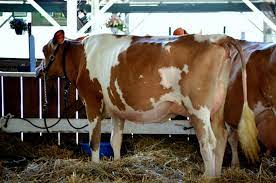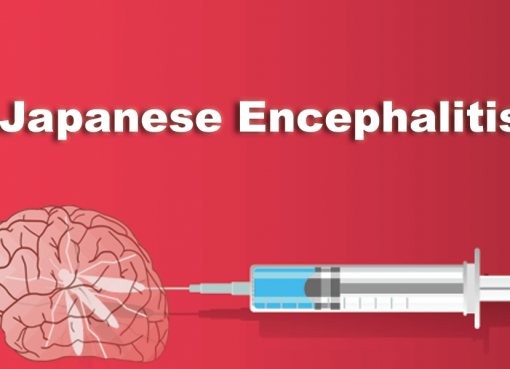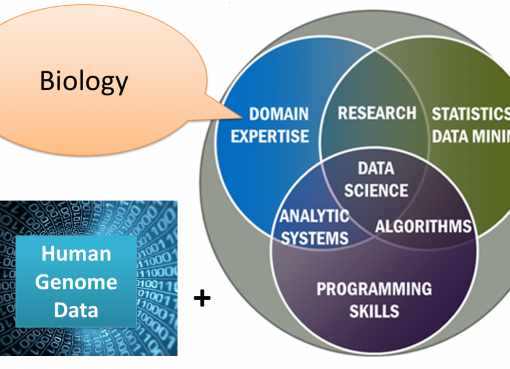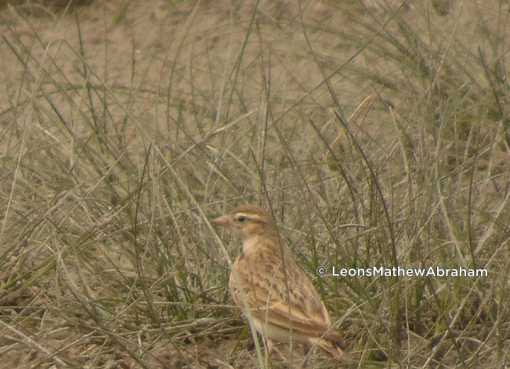Prerona Patowary, B. Changkija, D. Barman and S.A. Arif
Department of Clinical Medicine, Ethics and Jurisprudence,
College of Veterinary Science, Assam Agricultural University, Khanapara, Guwahati- 781022
Email ID: preronapatowary@gmail.com
Introduction
A dairy cow’s dry period should be regarded as an important stage in the lactation cycle. The dry period is the time before calving when cows are not milked, which is usually of 6 to 8 weeks duration. Cows are at a high risk of developing mastitis in the first three weeks after drying off because they are undergoing physiological changes and are more exposed to bacteria from the environment because the keratin plug is not fully developed in all the quarters of the mammary gland. Environmental streptococcal species, Klebsiella spp., and Enterobacter spp. are common infections that occur more frequently early in the dry season. Escherichia coli infections, on the other hand, are more likely to occur just before calving. The main reasons of giving special attention to the dry period are to treat the cow with antibiotics (persistent subclinical mastitis), to give the cow time to rest before calving, and to maximize milk yield in the following lactation. Adequate nutrition and disease prevention for the cow during this time period will ensure optimal health, milk production and reproductive performance during the lactation after calving. As a result, dry cow feeding and management are critical issues from an economic standpoint.
Nutrition and management
Nutrition in the far off dry period has an effect on cows during the close-up dry period and early lactation. Cows with a standard dry period (six to eight weeks) have a negative energy balance (NEB) for the first two to three months of lactation. A severe NEB leads to mobilisation of body reserves to compensate for this energy deficit, which is associated with altered metabolic status and an increased incidence of diseases such as ketosis, displaced abomasum, mastitis and decreased fertility. Close-up dry cow diets should contain more metabolizable protein and energy than far-away dry cow diets, but should still contain controlled amounts of both energy and fibre to ensure adequate feed intake after calving.
Close-up cow diets can also include low-potassium forages like corn silage and grain products to help prevent milk fever after calving. Vitamin E and selenium levels in dry cow rations appear to be important for udder health during calving and early lactation. This effect could be mediated by increased resistance mechanisms. To ensure cleanliness and comfort, adequate space, ventilation, bedding and lighting must be provided. Minimizing stress, including environmental, social and metabolic stress is important, as it can affect feed intake, immune function, and overall health and productivity of the cows during the calving season.
Heat stress should be avoided by providing adequate cooling via shade, fans and sprinklers, as heat stress reduces the amount of developing mammary tissue resulting in low milk production in the subsequent lactation.
Dry cow therapy
During the dry period, mammary cells renew at a faster rate than when cows are milked up to calving. This results in a high concentration of renewed mammary cells at the time of calving, which explains the high peak milk yield during the lactation after a dry period. Dry cow therapy refers to the use of intramammary antibiotics or other products immediately following the last milking of the lactation. It reduces the occurrence of new infections during the dry period as well as occurrence of clinical mastitis at freshening. Only commercially approved antibiotics formulated specifically for dry cow therapy in a single dose should, however, be used.
These products contain high concentrations of one or more antibiotics in a slow-release base that will keep therapeutic levels in the dry udder for an extended period of time. Internal teat sealants are more likely to prevent new intramammary infections that last at least 100 days with long dry periods than infusion of a long-acting intramammary antibiotic because an effective antibiotic concentration after infusion lasts only 70 days in glandular secretions.
Inclusion of a strong antibiotic is necessary against Streptococcus spp., Staphylococcus aureus producing -lactamase, and Trueperella pyogenes. Cloxacillin and cephalosporins are widely used to treat such bacteria. Cephapirin or sodium cloxacillin in a slow-release base is recommended as a treatment with an expected cure rate of 80% against streptococci and 60% against S. aureus.
Conclusion
Drying off cows abruptly, using a teat sealant and administering veterinarian-recommended dry cow therapy will help protect cows from pathogens during the dry period and prevent mastitis in the following lactation. Nutritional requirements should be met depending on the phase and the length of the dry period to avoid occurrence of transition cow disorders and to maximize milk production in the following lactation.
References
Singh, A.K. (2021). Advancements in Management Practices from Far-off Dry Period to Initial Lactation Period for Improved Production, Reproduction and Health Performances in Dairy Animals: A Review. Intern. J. Livestock Res. 11 (3): 25-41.
Van Hoeij, R.J.; Lam, T.J.G.M.; Bruckmaier, R.M.; Dijkstra, J.; Remmelink, G.J.; Kemp, B. and Van Knegsel A.T.M. (2018). Udder health of dairy cows fed different dietary energy levels after a short or no dry period without use of dry cow antibiotics. J. Dairy Sci. 101 (5): 4570-4585.




